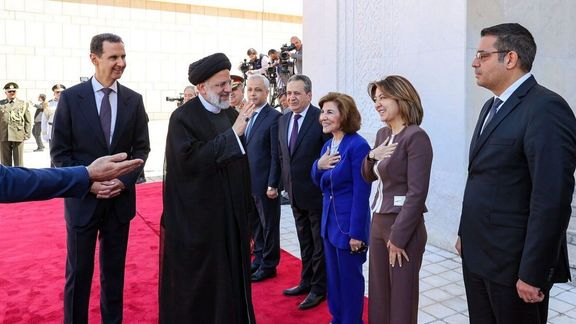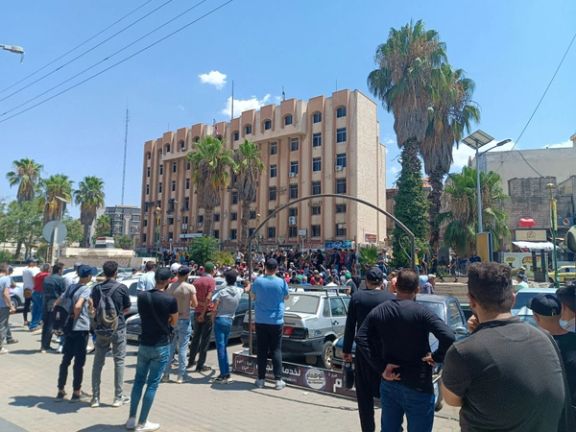Iran Looks For Its Lost Billions In Syria

The release of Iran’s $6 billion frozen funds from South Korea has prompted a website in Tehran to ask: What about over $30 billion owed by the Syrian regime?

The release of Iran’s $6 billion frozen funds from South Korea has prompted a website in Tehran to ask: What about over $30 billion owed by the Syrian regime?
Aftab News, a website relatively independent of the current rulers and said to be close to other regime insiders, argued in an article published Thursday, that the outlook for Syria to pay Iran back looks bleak. Iran has a small share of Syria’s trade, roughly one-tenth of what Turkey exports to the country. Annual Iranian exports are less than $1.5 billion.
Both Iran and its ally, the government of Bashar al-Assad in Syria face serious economic challenges. Iran’s finances have steadily deteriorated since 2018 when the United States imposed sanctions after withdrawing from the JCPOA nuclear accord. Syria has remained in political limbo, insecurity, with various military groups roaming in the country and its other ally Russia weakened by its invasion of Ukraine.
United Nations envoy for Syria sounded the alarm to a worsening economic situation on Wednesday. “Prices are now spiraling out of control for essential goods such as food, medicine, fuel, basic commodities. Every part of Syria, every community, is affected,” said Geir O. Pedersen, adding many are struggling to put food on the table and feed their families.
As it usually happens, a man who is broke remembers what others owe him. So, the story goes for the Islamic Republic that aligned itself with Assad in 2011 as antiregime protests flared in the country. The clerical regime seeing its close ties with Assad as essential for its regional plans, supported Damascus with loans, free oil and tens of thousands of Iranian, Afghan, Lebanese, Iraqi and other fighters.

Now, when Iran suffers from a serious economic crisis some people in Tehran realize that they have spent tens of billions of dollars in Syria – a significant part of their restricted oil revenues – for a dubious outcome.
Estimates range from $30 billion to more than $50 billion material aid provided to the Assad regime. Tehran’s oil revenues in this period averaged from below $20 billion to above $40 billion annually. Therefore, it is safe to estimate that from 2011-2022 oil revenues hardly totaled $400 billion. If Iran spent $50 billion in Syria, that would be more than 10 percent of its total income from oil.
The $50 billion figure was revealed in May when an opposition hactivist group accessed government information. Minutes from a meeting of Iran’s Supreme National Security Council showed that Syria’s debt goes back to a long-term agreement signed between the two countries in January 2019, under former president Hassan Rouhani. However, the debt has been building for much longer, with roughly $11bn worth of oil given to Damascus from 2012 to 2021.
A combination of aid in the form of military support and cash, the total amount of debt to Iran is estimated to be about $50 billion, though the document said the final amount is still being calculated.
Aftab News listed an array of potentially profitable industries in Syria that Iran is interested to take under its control as compensation for money the Assad regime owes, but so far there has been no movement toward an agreement. A visit by President Ebrahim Raisi to Damascus in early May did not produce any breakthrough.
Among objects of interest to Iran are Syrian oil fields, new power stations, port facilities and mines. But Aftab News said that these need investments to become profitable, money that Iran does not have.